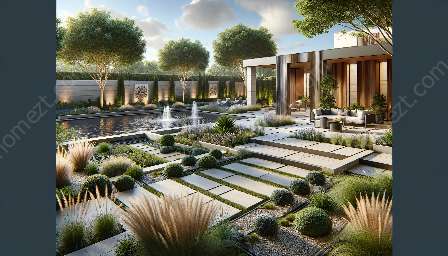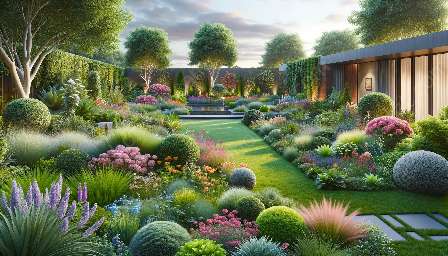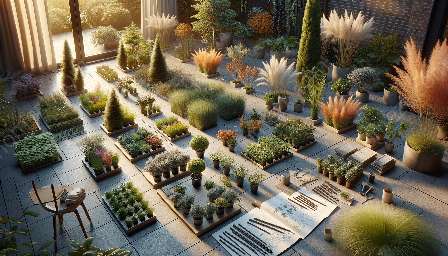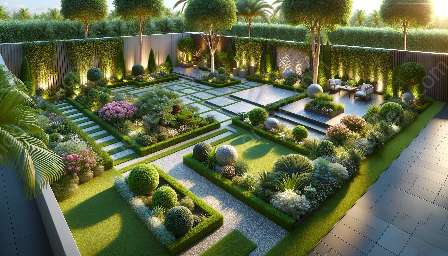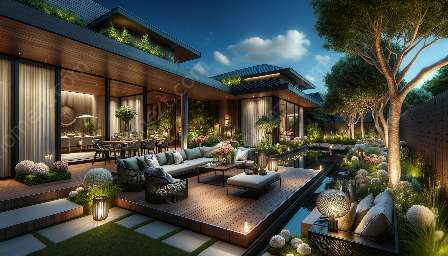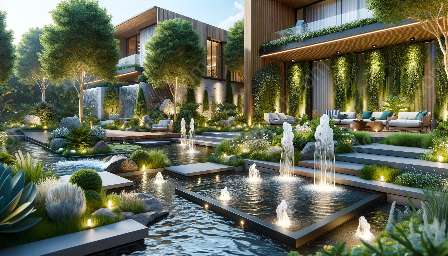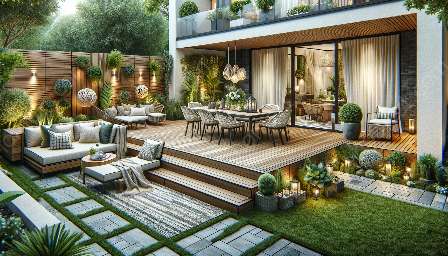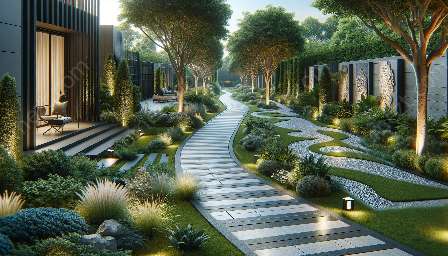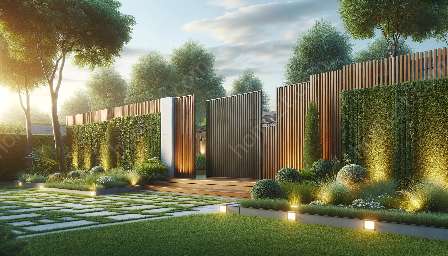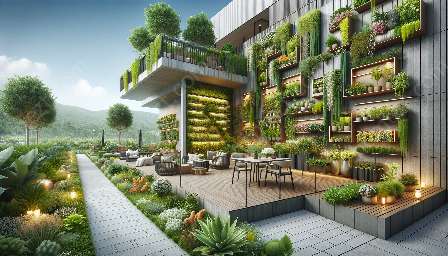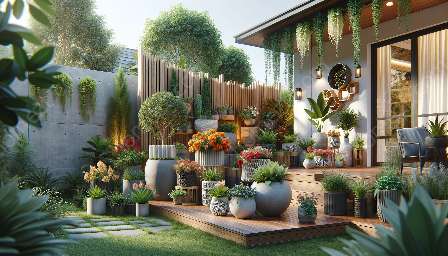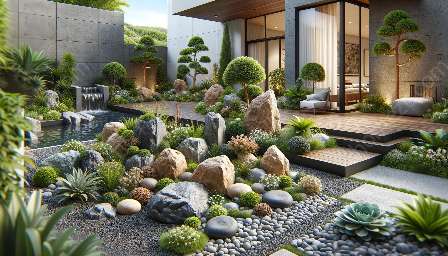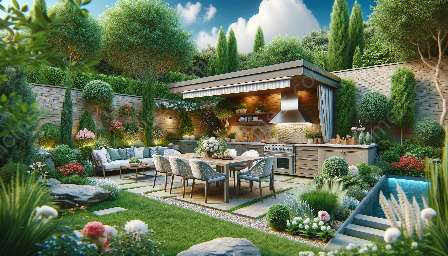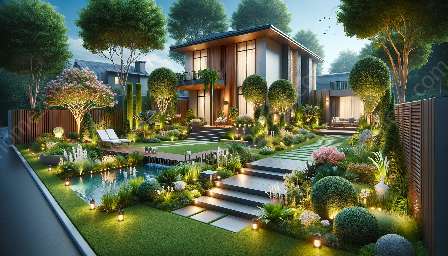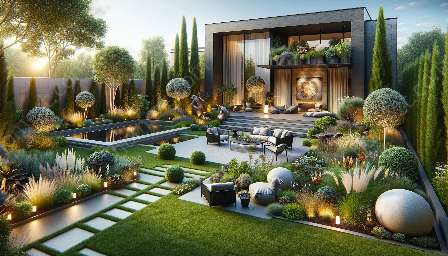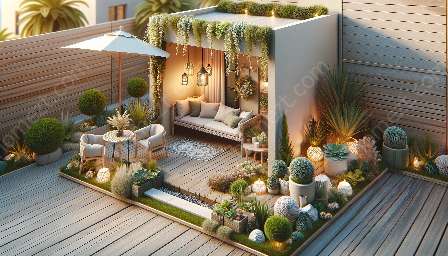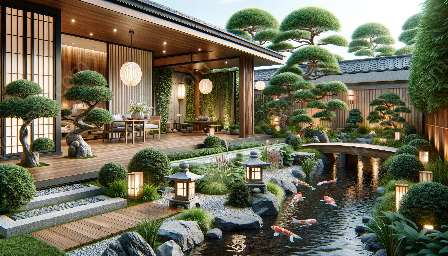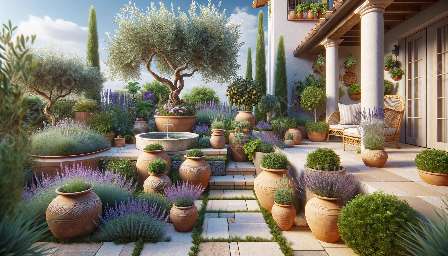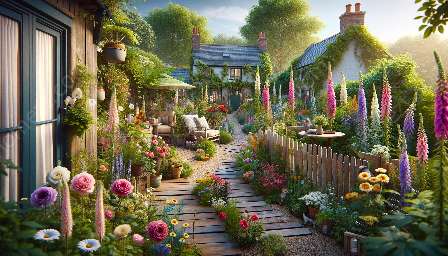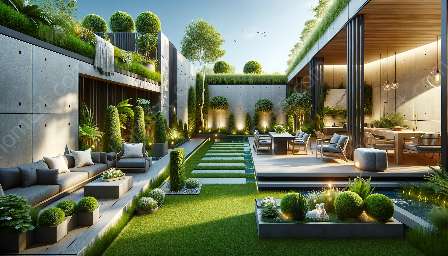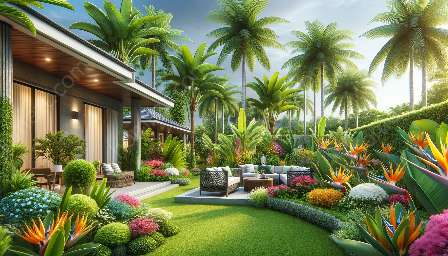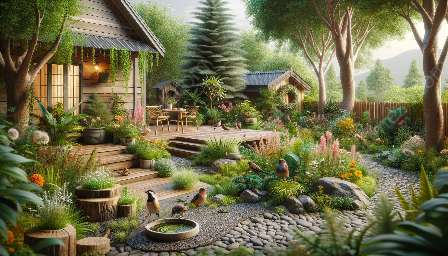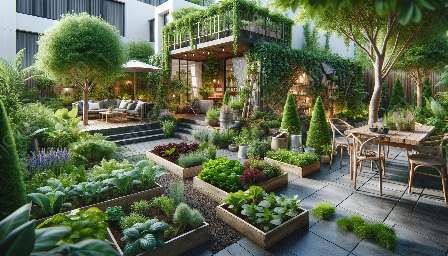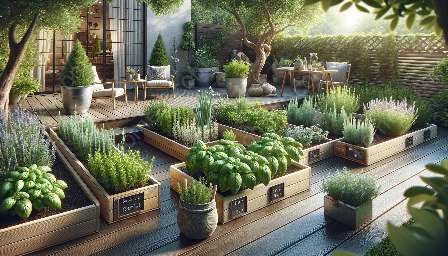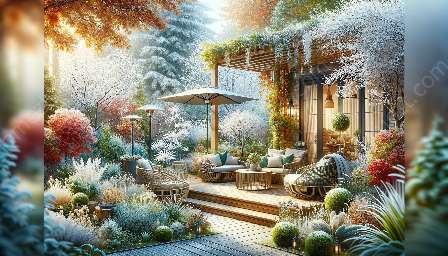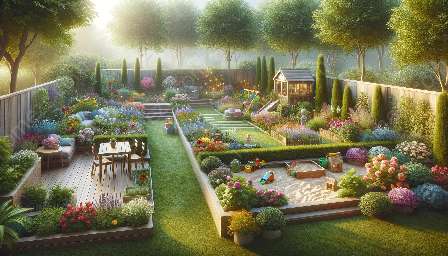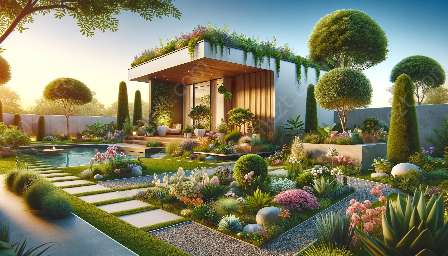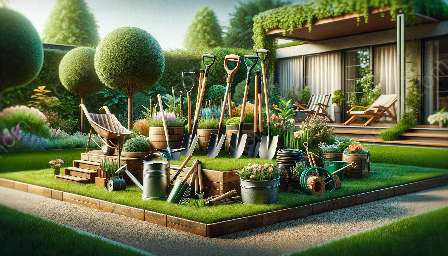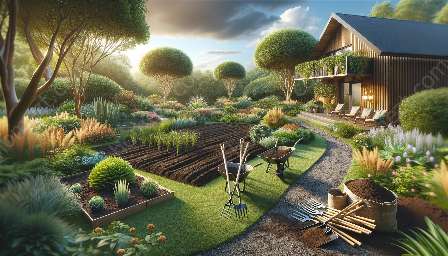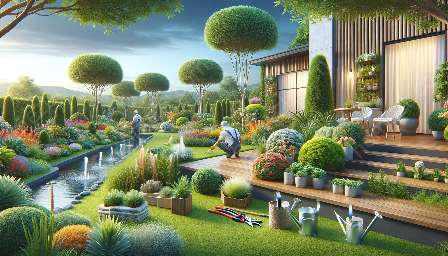Modern garden design is a dynamic and ever-evolving field that combines innovative landscaping ideas with stylish home furnishings to create a harmonious outdoor space that reflects contemporary living. In this comprehensive guide, we will explore the latest trends, principles, and innovative concepts in modern garden design, and how they integrate with landscaping ideas and home furnishings.
Trends in Modern Garden Design
Modern garden design trends are continuously evolving, influenced by changing lifestyles, technological advancements, and a growing emphasis on sustainability. Some key trends include:
- Minimalist Design: Clean lines, simple plantings, and a focus on open spaces characterize minimalist modern gardens.
- Sustainable Landscaping: Incorporating eco-friendly elements such as rain gardens, permeable paving, and native plants to promote biodiversity and reduce environmental impact.
- Outdoor Living Spaces: Integrating outdoor kitchens, seating areas, and fire pits to create multifunctional spaces that blur the boundaries between indoor and outdoor living.
- Vertical Gardens: Utilizing vertical space for plantings to maximize greenery in small or urban environments.
- Smart Technology: Incorporating automated irrigation systems, lighting, and other smart features to enhance efficiency and convenience.
Principles of Modern Garden Design
Successful modern garden design is based on several key principles that guide the creation of aesthetically pleasing, functional, and sustainable outdoor spaces:
- Unity and Cohesion: Creating a sense of harmony and connection between different elements within the garden, including plants, hardscape, and furnishings.
- Balance and Proportion: Ensuring a visually pleasing distribution of elements and maintaining a sense of equilibrium in the design.
- Functionality and Accessibility: Designing the garden to serve practical purposes while considering the needs of its users, including accessibility for all ages and abilities.
- Movement and Flow: Fostering a sense of movement and progression within the garden through pathways, focal points, and visual cues.
- Seasonal Interest: Incorporating a variety of plants and features to ensure year-round appeal and interest.
Integration with Landscaping Ideas
Modern garden design seamlessly integrates with landscaping ideas, drawing on principles of horticulture, ecology, and artistry to create visually striking and sustainable landscapes. Landscaping ideas provide the framework for modern garden design, encompassing elements such as:
- Plant Selection: Modern garden design often features a curated selection of plants, emphasizing architectural forms, textures, and year-round interest.
- Hardscape Design: Introducing elements such as pathways, patios, and water features to enhance the structure and function of the outdoor space.
- Lighting and Irrigation: Incorporating lighting and irrigation systems to extend the use of the garden and ensure the health and vitality of its plantings.
- Ecological Considerations: Taking into account the environmental impact of the garden, including water management, wildlife habitat creation, and sustainable maintenance practices.
- Artistic Elements: Using design principles to create visual interest, focal points, and a cohesive aesthetic that complements the overall landscaping concept.
Integration with Home Furnishings
Modern garden design extends its influence to home furnishings, blurring the boundaries between indoor and outdoor living. By integrating stylish and functional furnishings, the outdoor space becomes an extension of the home, offering opportunities for relaxation, entertainment, and personal expression. Some key elements of integration with home furnishings include:
- Outdoor Seating: Incorporating comfortable and weather-resistant seating options such as lounge chairs, sofas, and dining sets to create inviting gathering spaces.
- Shade Structures: Utilizing pergolas, umbrellas, and shade sails to provide relief from the sun and define outdoor living areas.
- Outdoor Kitchens: Introducing cooking and dining amenities such as grills, outdoor sinks, and countertops to enhance the culinary experience in the garden.
- Textiles and Decor: Using weather-resistant textiles, cushions, and decorative accessories to add personal style and comfort to the outdoor space.
- Outdoor Lighting: Implementing lighting solutions that extend the usability of the garden and create ambiance during evening hours.
Conclusion
Modern garden design represents a fusion of creativity, functionality, and environmental consciousness, integrating landscaping ideas and home furnishings to create outdoor spaces that enhance the quality of life. By embracing the latest trends and principles in modern garden design, homeowners can transform their outdoor environments into modern sanctuaries that reflect the contemporary lifestyle.

